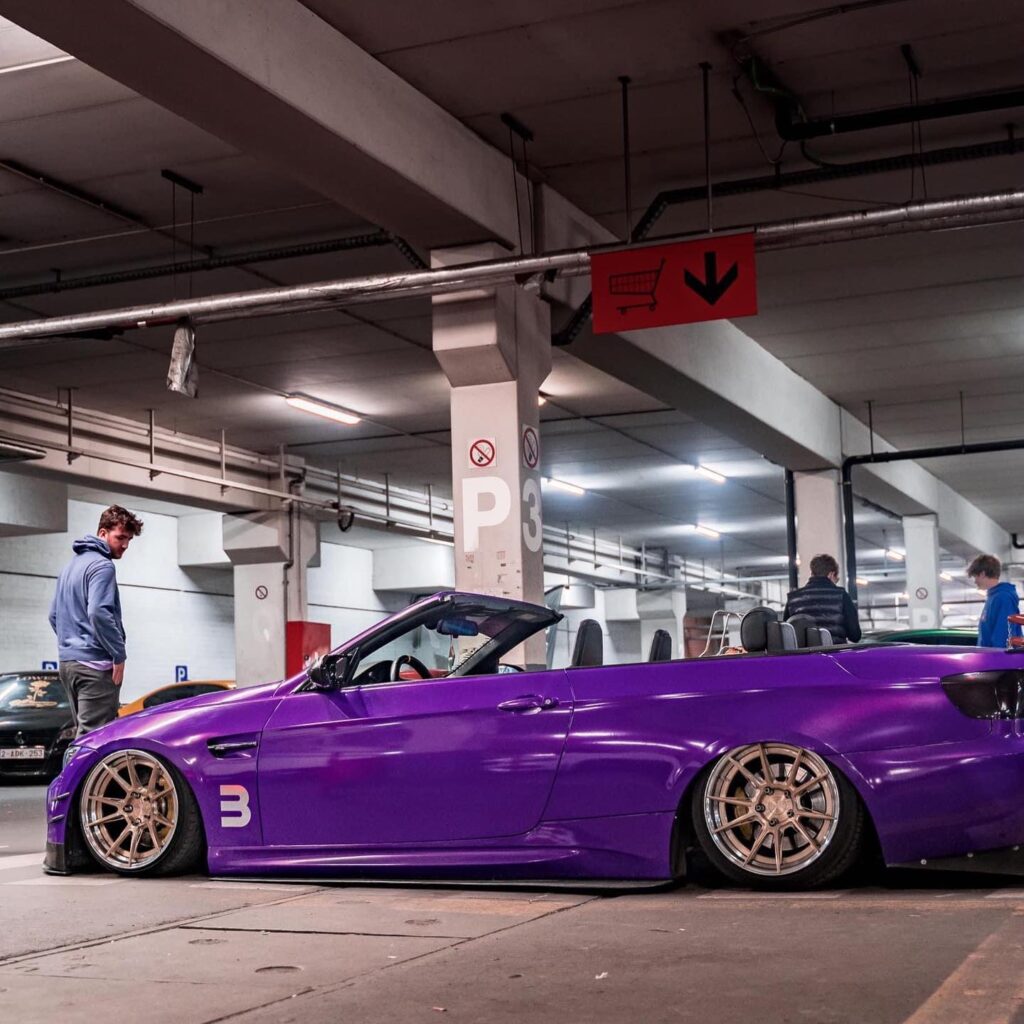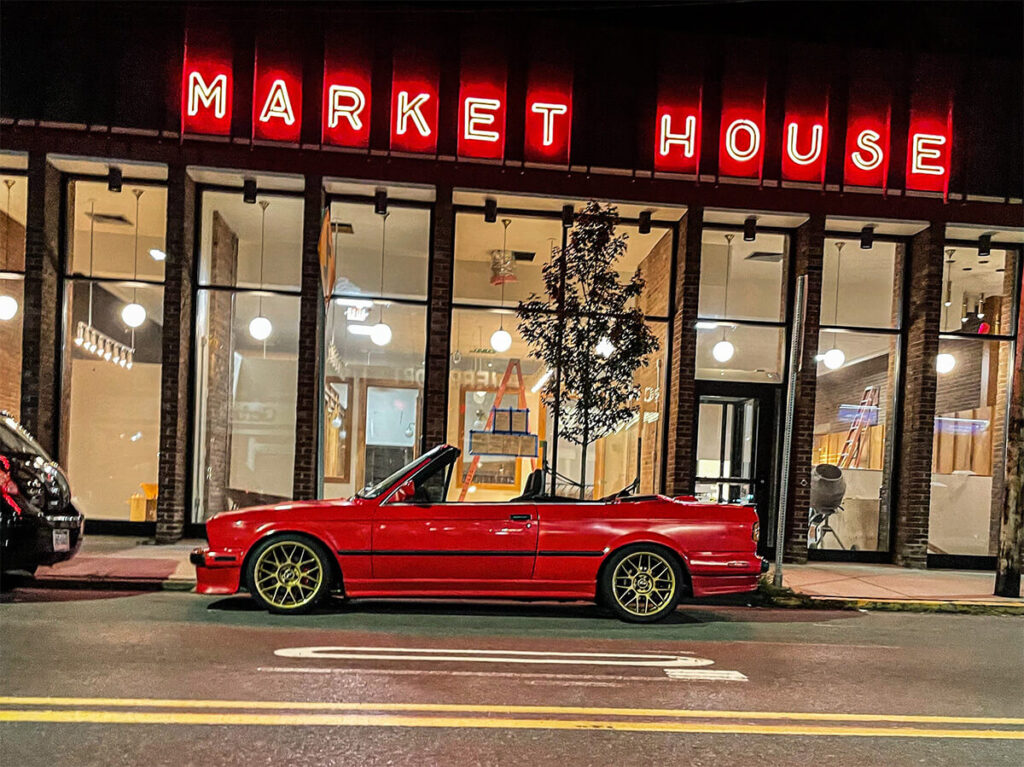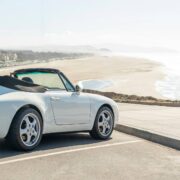Are Convertible Cars Worth It? The Open-Air Pros and Cons

Who among us hasn’t fantasized about cruising down a oceanside highway in a sleek convertible, the wind in your hair as the sun warms your skin? Convertibles evoke feelings of freedom, adventure, style, and the romance of the open road.
At the same time, there are practical considerations with these eye-catching vehicles regarding cost, safety, maintenance, and convenience factors. In this blog post, we will explore the alluring aesthetic appeal of convertibles, along with the financial, safety, practical, and long-term implications of buying and owning one of these iconic cars.
Are the joys of top-down driving worth the potential pitfalls? Read on as we examine the pros, cons and key questions to weigh when deciding if a convertible fits your lifestyle and budget.
Quick answer:
Yes, they are definitely worth it for anyone who loves the open air driving feel, has a safe place to store them, doesn’t mind compromising on some utility concerns or owns a 2nd vehicle. Read on to find out more facts!
The Allure of Convertibles
The main appeal of buying a convertible is the ability to open up the top and let the sun and wind envelop you as you cruise along. There’s nothing quite like the experience of driving a convertible.
The Iconic Convertible Experience
- Driving with the top down in a convertible is an iconic rite of summer. The connection to the outdoors and the thrill of open-air motoring harkens back to the earliest days of the automobile.
- Convertibles represent excitement, adventure and even a youthful spirit. Putting the top down unleashes a feeling of freedom and carefree joy.
The Style Factor of Convertibles
- Convertibles inherently have an eye-catching, sexy allure about them, with flowing lines and sleek silhouettes. Particularly when the top is down, they draw attention and turn heads.
- You feel like the star of your own movie, catching covetous glances and living an aspirational image of the good life. Convertibles have an undeniable style factor other cars lack.

Convertible Owning Pros and Cons
| Pros of Convertibles | Cons of Convertibles |
| Iconic driving experience | Higher purchase cost |
| Freedom of open-air motoring | Increased insurance premiums |
| Inherent style factor | More expensive maintenance |
| Enhanced road visibility | Safety concerns (Older models) |
| Fun & recreational value | Susceptibility to leaks |
| Versatility with retractable top | Noisy at high speeds |
| Resale value potential | Not as practical in cold climates |
Financial Considerations
While the emotional appeal of convertibles is clear, these specialty vehicles also come with real financial implications you need to consider. From MSRP to insurance to upkeep costs, owning a convertible requires paying a premium over their hardtop counterparts.
Higher Purchase Price of Convertibles
- On average, convertibles cost $5,000-$10,000 more than an equivalent hardtop model. The retractable cloth or metal roof mechanism adds significantly to manufacturing costs.
- Many luxury automakers don’t even produce less expensive hardtop versions of their convertibles. The price premium reflects these vehicles’ niche status.
- You’ll also commonly find options packages standard on convertibles that cost extra on hardtops, further increasing MSRP.
Increased Insurance Premiums
- Convertibles often fall into higher insurance rate classifications, meaning you’ll pay more for coverage compared to a non-convertible.
- Insurers view the lowered rollover protection and increased theft potential of convertibles as added risk, and premiums reflect that.
- On average, expect to pay more annually insuring a convertible versus a standard hardtop car.
Cost of Convertible Maintenance
- Complex power retractable roof assemblies also make convertibles more expensive to maintain and repair. Hydraulics, motors and control modules will need servicing.
- Labor charges to access components in the convertible top stack are higher than a typical hardtop car.
- Interior trim pieces and seals also tend to wear faster in convertibles and require periodic replacement.
Key Takeaways:
Convertibles deliver an unmatched experience of freedom, views and style, but come at a higher cost and present some functionality challenges versus hardtop cars. Determine if the tradeoffs are worth it for your needs.
Safety Concerns
The exhilarating open-air driving experience convertibles offer is accompanied by safety tradeoffs compared to traditional hardtop vehicles. From rollover and ejection risks to theft vulnerabilities, it’s important to educate yourself on the safety downsides before choosing one of these specialty models.
Passenger Safety
- According to the recent research and studies, modern convertibles aren’t any more dangerous than regular cars with metal roofs. Read our article dedicated to safety concerns in open top cars cars.
Convertibles and Theft Risk
- The desirability and value retention of convertibles unfortunately also make them prime targets for car thieves. Typical security deterrent systems can be swiftly rendered useless by cutting the soft top.
- Garaging your convertible, installing anti-theft tracking systems or using more formidable coverings like security grilles help thwart potential thieves. But security remains an elevated concern.
- Removable faceplates on stereo systems and locking storage compartments also help secure valuables typically more exposed in convertibles.
Practical Aspects
Along with financial and safety considerations, there are day-to-day functionality questions that arise with open top cars tied to sun exposure, noise intrusion from wind, and wear and tear vulnerabilities compared to hardtops.
Sun Exposure
- Without a sunroof to tailor admitted sunlight, driving a convertible demands extra diligence against UV exposure for you and your interior.
- Hats, UV protective clothing, sunglasses and higher SPF sunscreens help guard against short and long term radiation damage to skin and eyes from tops-down motoring.
- Similarly, waterproof and UV-resistant seat coverings, window tinting and even car shades preserve soft interior materials from solar damage.
Noise Levels in Convertibles
An article in Cambridge University Press’ Journal of Laryngology and Otology reported that driving open top cars over 55mph with the top open exposes drivers to excessive noise. Based on data from Saint Louis University School of Medicine and The Ear Institute of Texas, 80% of cars tested had noise over 85dB at 55mph. At 75mph, the average noise was 89.9dB, putting drivers at risk of noise-induced hearing loss over prolonged exposure according to National Institute of Occupational Safety and Health guidelines. Drivers were also exposed to extreme noise “spikes” from nearby vehicles.
Other Studies. Look up more statistic data in convertible car related studies and researches in our special feature. Here you’ll find the recent information on safety, production numbers, drivers demographics, and impact on our emotional state: Beyond the Buzz: Facts, Studies & Researches About Convertibles

Expert Opinion
As a convertible owner for over 10 years, I can definitively say these cars deliver an unmatched driving experience. Sure, you pay extra upfront and sacrifice some practicality, but once you lower that top on a sunny day and feel the rush of acceleration with the wind in your hair, you realize those tradeoffs are completely worth it. Driving my roadster remains the highlight of my day and I find any excuse to get behind the wheel. The visceral thrill and sensory delight you feel in a cabriolet are just impossible to replicate in a hardtop coupe or sedan. If you prioritize driving excitement and that feeling of freedom above all else, then a such car is likely perfect for you. Cabriolet advantages like the open-air sensation and responsive handling make for an exhilarating ride. Just go into ownership knowing maintenance costs run higher and be religious about garaging it to deter thieves. But when you glide around a corner with the chassis gripped tight to the road, you won’t have a single regret. Convertibles aren’t for everyone, but for those seeking automotive ecstasy, no other vehicle type compares!
Conclusion
Convertibles undeniably come with tradeoffs in functionality, cost, practicality and even safety versus traditional hardtop cars. But for those seeking unmatched sensory, status and excitement rewards from driving, few vehicles can compete with the vibrant spirit of owning an open top car. Just be sure to educate yourself on the implications and align your priorities and budget accordingly. If you decide the compromises are worthwhile for your needs, prepare for miles of therapeutic open-air bliss. And be sure to check our other resources here on CabrioNation dedicated specifically to maintenance, operation, accessories and enhancements to make ownership as smooth as possible.
Frequently Asked Questions
Yes, on average you’ll pay higher insurance premiums for open tops than comparable hardtops due to increased risk factors for insurers.
The complex folding soft or hard top mechanism does demand more frequent maintenance like hydraulics flushes and lubrication. You’ll also likely replace items like seals, interior trim and suspension components more often. In total, expect around 10% higher yearly maintenance costs for a cabrio versus a hardtop model.
While advanced safety systems provide extensive crash protection, older convertibles do lack fixed roof structure and present increased ejection risk. Newer models mitigate this with rollover protection, but physics dictate convertibles lag hardtops in occupant protection.
With proper seasonal prep like battery blankets, hoses rated for sub-zero temps and snow tires, modern cabriolets can comfortably handle cold weather driving. Just be vigilant about cleaning the top to prevent leaks from trapped moisture freezing. And beware frigid drafts with the top down!
Depending on model, convertibles often weigh slightly more than hardtop counterparts, while aerodynamics also suffer with no fixed roof structure. As a result, most convertibles average lower EPA fuel economy ratings under the same conditions.
In-house writer and editor at CabrioNation. I've been a lifelong fan of convertibles ever since my first car, a well-worn Bimmer convertible that I learned to maintain from the ground up. Since then I've owned many soft and hard top models, becoming an experienced DIY mechanic and care taker. I also run a small repair shop and rental service in Montpellier, where I get to share the wind-in-your-hair feeling with customers while also helping fellow cabrio enthusiasts on maintenance and top repairs.



This article captures everything I love about owning my convertible! The freedom of open-air driving is priceless.